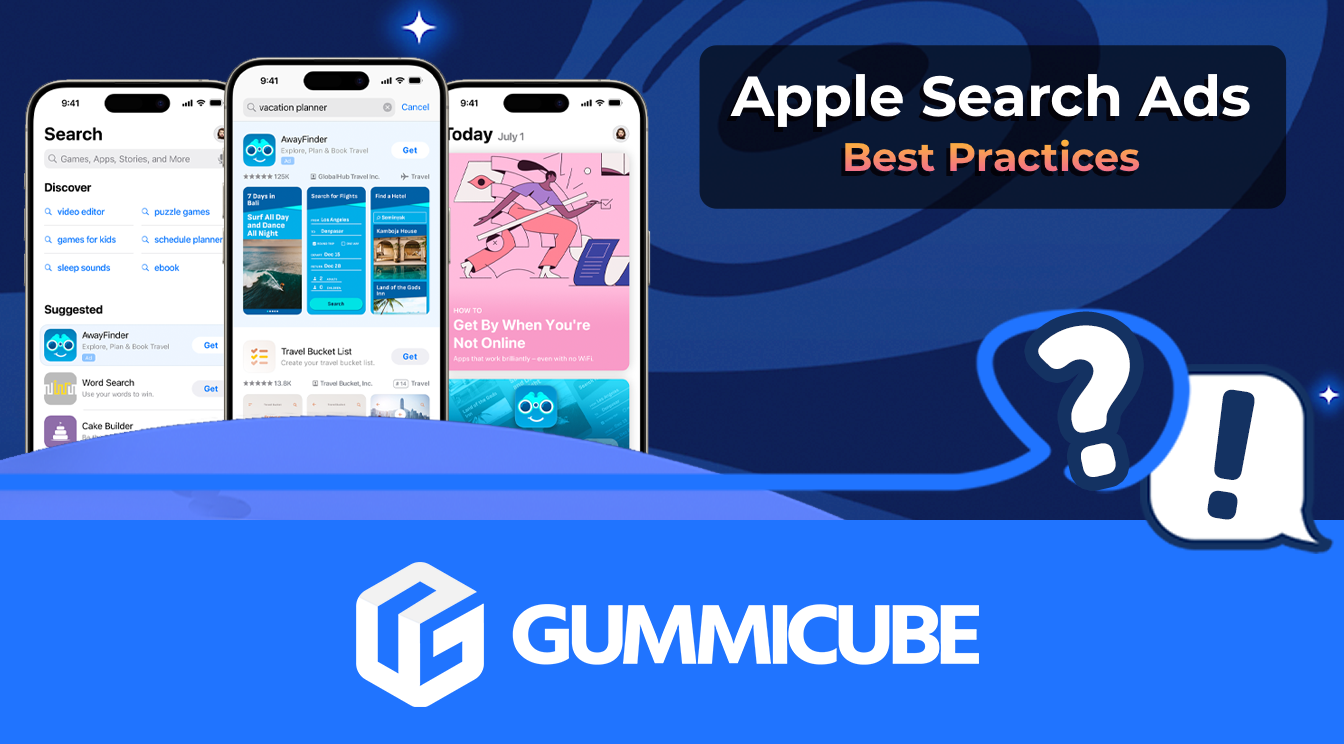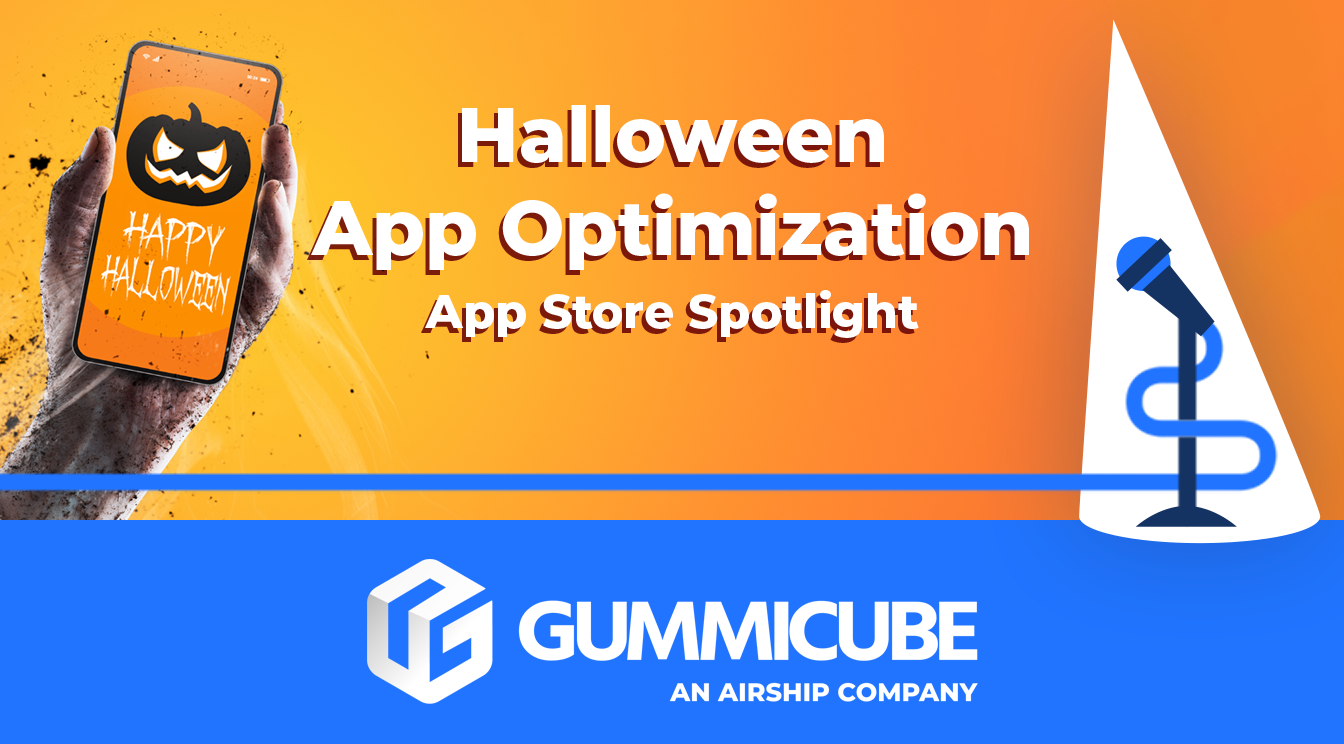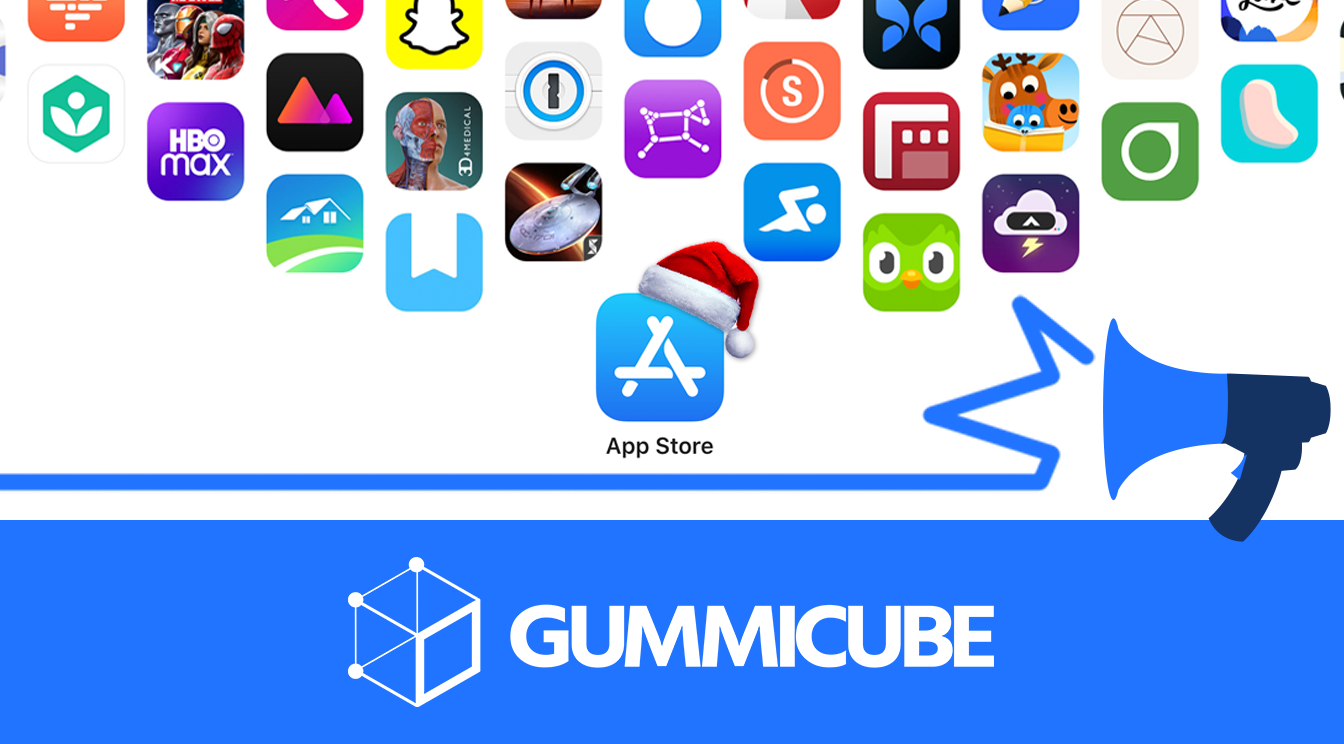
5 Best Practices for Apple Search Ads
Posted on July 3rd, 2024
Are you leveraging Apple Search Ads the right way? Take a look at these recommendations to optimize your paid campaigns and target the right users.

There’s no denying just how large of a reach Facebook has. At the end of the second quarter of 2018, the social network reportedly saw 2.23 billion monthly active users, only furthering its popularity. While 32.8% of its users view their feeds on laptops and desktops, nearly 95.1% of Facebook users are accessing the social site via their mobile devices. Facebook undoubtedly has a mobile-minded userbase, and advertisers have taken notice. Since users often take to Facebook to find the next viral thing, why wouldn’t it be a viable avenue for helping app developers increase their number of installs? With the shift to thinking mobile-first that has come about in recent years, advertisers and developers alike need to take into consideration that running paid campaigns on not only the App Store (Search Ads) and Google Play Store (Google Ads), will help increase their installs. But like all paid search platforms, it’s unwise to go in without a solid understanding. It’s important that developers gain knowledge on what Facebook Ads are before fully diving into ad creation.
Mobile app ads enable advertisers to connect with users across both Android and iOS by matching users’ intent and delivering content that they are looking for directly onto their feeds. It can also be used to:
By displaying ads on the largest social network, developers are opening another avenue for their app to get noticed by potential users and expand their audience.
Developers can create an app ad for both mobile and desktop by using the Ads Manager. The manager will help advertisers and developers build and optimize ads in addition to measuring success. Select ‘Create Ad’ and set a certain objective such as app installs (wanting users to download) or app engagement (can select either traffic or conversions). From there, advertisers can work on creating a new audience and setting who they want to see their ads.
It’s important to select an audience when creating ads to ensure that it’s appearing to users that are more likely to install. Advertisers can select key points regarding the demographics of their users, thus creating a niche campaign funnel. They can select:
By setting up who developers want to target, they’ll gain valuable insights on what demographics are responding best to their ads. For example, if the app is a puzzle game, developers already know based off their ASO strategy that specific terms are going to better target their intended audience. They’ve already broken down the app’s core features, which has given them insight on user trends and behavior that can be used to select user interests. By selecting an audience that are interested in “puzzle games,” “mobile games,” “puzzle,” etc. ads will appear specifically to users that have previously liked puzzle-related pages on Facebook. After the audience is set up, it’s essential that developers take the time to set up their bids/budget. Developers need to make sure that the allotted funds are scheduled over a period of time ensure that they aren’t spending all at once. They can select either Automatic Bidding to let Facebook set a bid or Manual Biding, which allows them to set their own cost per install (CPI).
As developers are nearing the end of the ad creation phase, they’ll must choose the format to use. The options available are:
Choosing the right format will help ad performance and ensure that it’s appealing to the right users. A call to action (CTA) and caption is essential to go along with the image or video ad. Evaluating keyword and conversion performance from organic ASO can help provide insights on where to start with Facebook Ad creation - from which features to highlight, which call to actions to use and which design elements to test. To test creatives developers can create multiple ads that feature a different creative format, image(s), video and CTA. Running A/B tests will help developers understand if the carousel is more beneficial than a static image, or if users are responding better to “puzzle games” or “puzzle board games.” Testing is done to ensure that they’re getting a higher click-through rate (CTR) and the best results for their ads. However, before developers can start testing, they’ll have to make sure that they’re adhering to all of Facebook’s advertising policies to ensure that they’re not breaking any of the guidelines.
Once developers have done the above steps, they can place their order to finalize their ad. Within the Ads Manager, developers and advertisers can also monitor the performance for ads that have been active for the past 30 days by breaking down:
Within the Ads Manager, developers can also get additional insights on how well the campaign is doing and tailor what sorts of data they’re seeing. They can see which specific demographics (location, age, gender, etc.) are responding best to the ads and even which creatives have done more successfully than others. Developers will also get a breakdown of which avenue is bringing in more traffic. Let’s say that a developer realizes that most of their traffic comes from Facebook and not Instagram. They’ll be able to focus their efforts on running more Facebook Ads based off the data they’ve gathered. Running paid search campaigns require daily performance monitoring of how well or how poorly a campaign is working to understand whether a campaign needs to be adjusted or cancelled altogether.
Due to Facebook’s large global reach, it only makes sense for developers to utilize it and run paid ads for their apps to increase their audience and install rates. But like any ad platform, developers and advertisers alike will have to first understand the purpose of the ads and how to create them. When implemented properly, Facebook Ads are a great a way to drive quality traffic to an app, along with insight on which demographics are most engaged. An effective campaign requires research, testing demographics / interest, and performance-driven iteration. CTA and creatives should be built upon learnings from previous campaigns to maintain and improve conversion on relevant audiences. This concept of research, deployment, evaluation and iteration applies to running an effective ASO strategy, which can yield knowledge on which keywords, creatives and positioning work best, to be applied to future updates. The conjunction of both acquisition strategies and the findings from each can be mutually beneficial when done correctly.

Are you leveraging Apple Search Ads the right way? Take a look at these recommendations to optimize your paid campaigns and target the right users.

Ghostly happenings are among us... and in your app listing too? If you aren't leveraging the power of app seasonality to make relevant tweaks to your store listing you're leaving precious engagement and conversions on the table.

Developers on the iOS App Store should plan in advance of the upcoming Holiday Schedule to allow enough time for apps to get approved during the busy holidays.